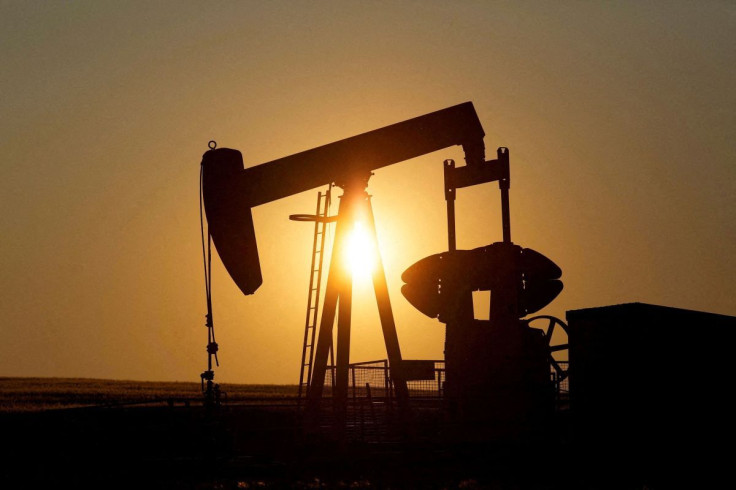Biden's Oil-Relief Plan Eases Pressure On Oil Prices, How Long Will It Last?

US President Joe Biden's plan to release emergency oil reserves has eased crude oil price pressures. As a result, the Crude Oil May 22 contract traded slightly below $100 per barrel, down from $125 early in March.
"The White House's plan to release around a million barrels of oil a day from reserve stockpiles over a six-month period would be the largest drawdown since the inception of the reserve," says Shaun Murison, Senior Market Analyst at IG. "The production increase is roughly 5% of US daily consumption."
A larger oil supply could help ease price pressures on heating oil and gas prices, critical drivers of the higher cost of living worldwide.
But will it last? It depends on several other developments that impact the oil market, like the Russian-Ukraine war, a key driver of supply-side pressures in the last couple of months. "The suggestion of increased supply has provided some short-term relief to crude prices, although a sustained relief will really need a peaceful accord between Russia and Ukraine," adds Murison.
Then there's the potential revival of an agreement between Iran and the world powers regarding Iran's nuclear program. During the last couple of weeks, Enrique Monroe – in charge of the EU to coordinate negotiations between Iran and the world powers- stated that an agreement can and must be reached. "It could provide a negotiating upper hand to the USA and NATO's allies towards Russia, without causing additional escalations to the existing tense situation,” says energy analyst Theophanis Matsopoulos, who is optimistic about a possible deal.
"Since the limitation of Iran's ambitious nuclear program would be combined with the lifting of economic and financial sanctions, it is expected that the daily oil production of Iran will be increased from 2.4million b/day to almost 4 million b/day which will result in a 2% increase in crude oil's supply," Matsopoulos adds.
Murison doesn't share Matsopoulos's optimism about the revival of an agreement between Iran and world powers. "Hopes that the US and Iran can reach an accord (on the nuclear deal) and help fill supply gaps are also waning," he says. "In fact, the US has recently added sanctions to Iranian entities involved in supplying products to the Iranian ballistic missile programme. One would think that compromising the integrity of a nuclear deal to obtain more oil would be counterintuitive and in turn unlikely."
Still, there's domestic oil production, which has been rising with oil drilling up 60% in one year, meaning that more oil will be coming to the market in the months ahead, helping further to ease price pressures.
But supply is the one side of the oil price equation, and the other side is demand, which has been driven higher by the ending of the pandemic lockdowns and the return to everyday life.
Will demand continue at the same pace, outstripping supply, or fall back as the world adjusts to higher prices? It's too early to say, as China, a major oil consumer, is still under pandemic lockdowns. In addition, the Fed's tightening cycle, which is expected to slow down the world's largest economy, is in its early stages.
Meanwhile, despite the recent short-term correction, Murison sees the long-term upwards trend for Brent crude continuing. "At very best, we see the price of the commodity moving into a broad consolidation between the $95/barrel and $120/barrel levels.
© Copyright IBTimes 2025. All rights reserved.






















